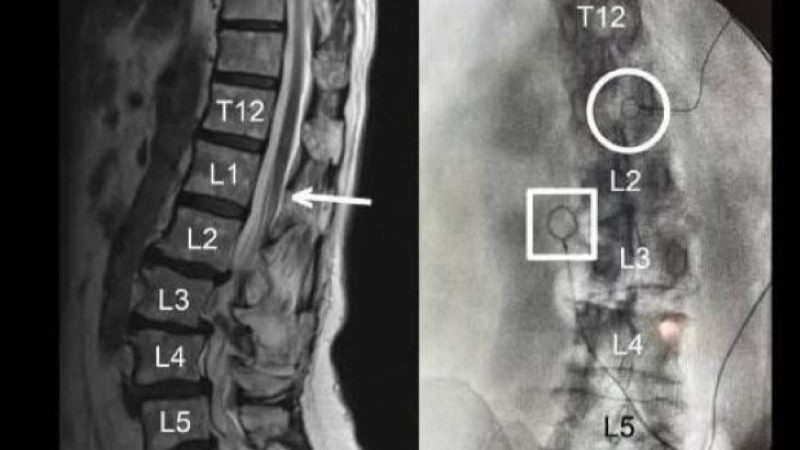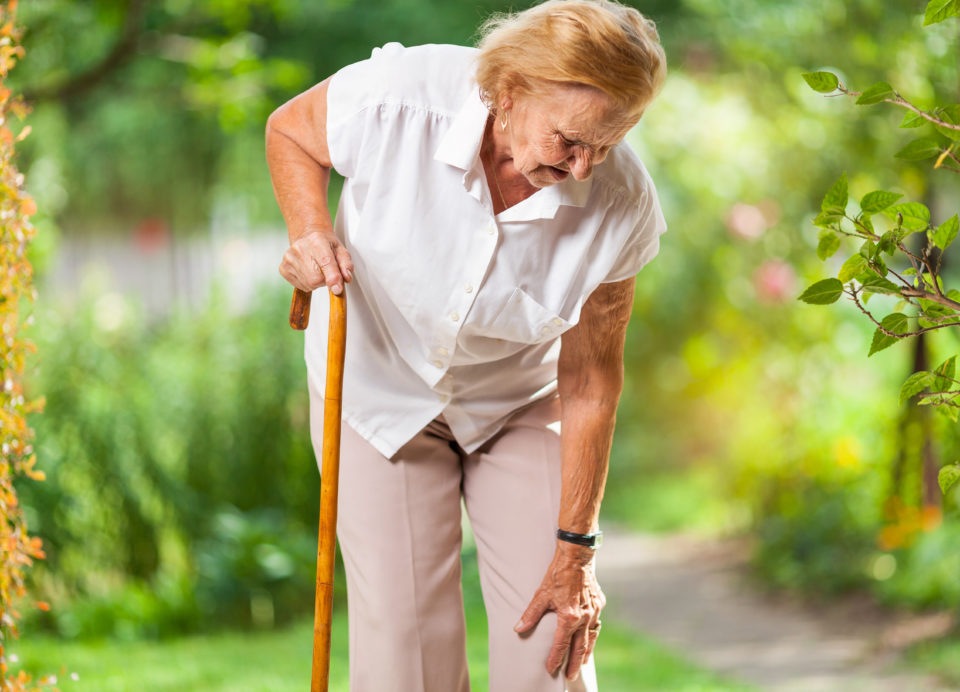
Mortality rates associated with falls are on the rise in older adults in the United States, recent research has found. One possible intervention strategy? An at-home exercise program—according to the results of a randomized clinical trial published in JAMA.
The study was conducted from April 22, 2009, through June 5, 2018. Eligible patients who were aged ≥ 70 years and had sustained a fall within the past year were recruited from a fall prevention clinic. For 12 months, patients received either usual care in conjunction with an in-home strength and balance retraining exercise program with a physical therapist (intervention group, n = 173) or usual care alone, which was fall prevention care with a geriatrician (usual care group, n = 172). Data regarding falls, injuries, and muscle soreness related to the strength program were collected from the intervention group only. The main study outcome measure was number of falls, which patients self-reported, during the intervention period.
Out of 345 total patients (mean age, 81.6 years; 67% female), 296 (86%) finished the trial. Mean follow-up was 338 days, during which time there were 236 falls involving 172 intervention group patients, versus 366 falls in 172 usual care patients.
“Estimated incidence rates of falls per person-year were 1.4 (95% CI, 0.1-2.0) vs 2.1 (95% CI, 0.1-3.2), respectively,” the study authors noted. “The absolute difference in fall incidence was 0.74 (95% CI, 0.04-1.78; P = .006) falls per person-year and the incident rate ratio was 0.64 (95% CI, 0.46-0.90; P = .009). No adverse events related to the intervention were reported.”
Falls and Hip Fracture Mortality
According to the Centers for Disease Control and Prevention (CDC), more than one out of four adults aged 65 years and older falls every year—but most do not tell their doctor. And patients with a history of falls are significantly more likely to fall again. One in every five falls results in a serious injury, one of the most common being broken bones. Falls are also expensive, costing more than $50 billion in 2015 alone—Medicare and Medicaid were responsible for 75% of these costs.
Over 800,000 adults are hospitalized each year for a fall injury, most often for head injury or hip fracture. About 300,000 older people go to the hospital for hip fracture annually. Nearly all (more than 95%) of hip fractures are the result of a fall, most often after falling sideways.
A number of risk factors may increase the risk of falls, according to the CDC, including:
- Weakness in the lower body
- Vitamin D deficiency
- Walking/balance difficulties
- Medicines that affect balance/steadiness (including tranquilizers, sedatives, antidepressants, and some over-the-counter medicines)
- Poor vision
- Foot pain
- Poor footwear
Modifiable home factors, including broken/uneven steps and things that can easily be tripped over (throw rugs, clutter), can also increase fall risk. Falls are often the result of a combination of risk factors.
The National Institutes of Health’s National Institute on Aging provides several tips to minimize fall risk; the first on the list is staying physically active: “Regular exercise improves muscles and makes you stronger. It also helps keep your joints, tendons, and ligaments flexible. Mild weight-bearing activities, such as walking or climbing stairs, may slow bone loss from osteoporosis.” Other recommendations include undergoing vision and hearing tests, getting enough sleep, being aware of potential side effects from medication(s), reducing alcohol intake, using a cane or walker or other assistive device, and wearing proper footwear.







 © 2025 Mashup Media, LLC, a Formedics Property. All Rights Reserved.
© 2025 Mashup Media, LLC, a Formedics Property. All Rights Reserved.